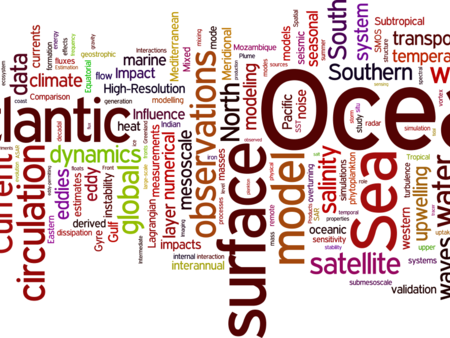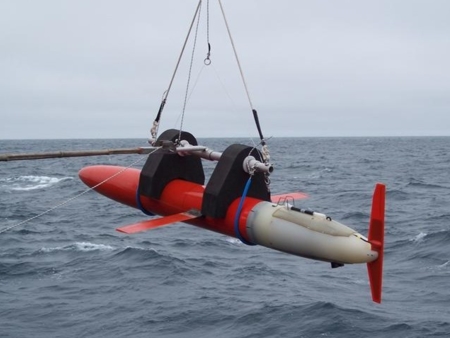Chen Wang
Thesis topic: Detection, classification and analysis of ocean-atmosphere interactions using high-resolution SAR images
Advisors: Alexis Mouche, Bertrand Chapron, Pierre Tandeo, René Garello, Justin Stopa, Ralph Foster and Doug Vandemark
In the marine atmospheric boundary layer (MABL), mesoscale perturbations and organized eddies plays an important role in vertical transport of momentum, heat, moisture and chemical trace substances. The physical process of mesoscale MABL phenomena is the key to understand interactions between ocean and atmosphere in the context of climate modeling. Mesoscale MABL phenomena impose perturbation on the surface stress field to enhance or reduce the local sea surface roughness, so that they could be captured by synthetic aperture radar (SAR) images. Documented in literature, the MABL phenomena appear either as organized patterns, e.g. wind streaks, convective boundary layer, atmospheric gravity waves and rain cell or irregular patterns including atmospheric front and convective rain cell in SAR images.
Since 1990s, large volume of high-resolution and wide-swath SAR images have been collected from ERS-1&2, RADARSAT-1&2, Envisat and now Sentinel-1 A&B. These SAR images acquired under all weather and day-night conditions make it feasible to conduct comprehensive observations of MABL phenomena. Case studies have been carried out for typical MABL phenomena in order to understand their dynamics and interactions among different MABL phenomena. However, one significant question is still open: how often, and under what environmental conditions, are they observed by SAR images ? As such, we can proceed to address the impact of these MABL phenomena on SAR measurement of sea surface waves.
Launched by the European Space Agency in 2014 and 2016, Sentinel-1 (S1) A&B wave mode routinely provide acquisitions at global scales and high resolution over open ocean. Although these SAR images are typically used to measure ocean swell, they contain signatures of many other geophysical phenomena among which MABL phenomena. These small vignettes give us an opportunity to study statistical features of MABL phenomena globally, and further may benefit the development of high-resolution atmospheric boundary layer model. However, the analysis of the the MABL signatures is not straightforward because of the the variety of the geophysical signatures. Moreover, Depending on the MABL properties, the signature may significantly differs.
To achieve this goal, the following questions are going to be answered:
1. How to classify SAR images with different MABL phenomena automatically?
2. How to detect the characteristics of regular MABL phenomenon, like wavelength and orientation of wind streaks and scale of convective boundary layer?
3. How to validate the performance of the detection methods?
4. Global distribution of different MABL phenomena and their dependency on meteorological conditions.
5. Can we explain and model the observed signatures ?







